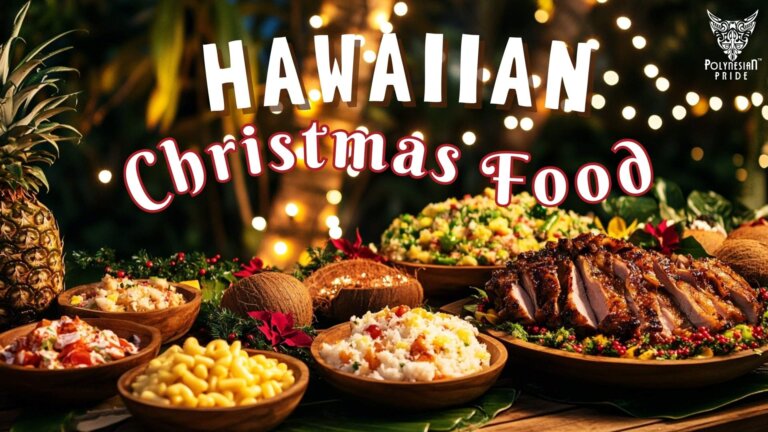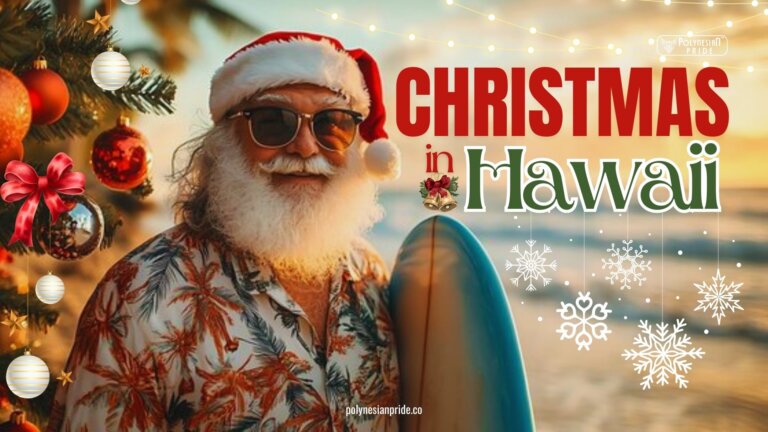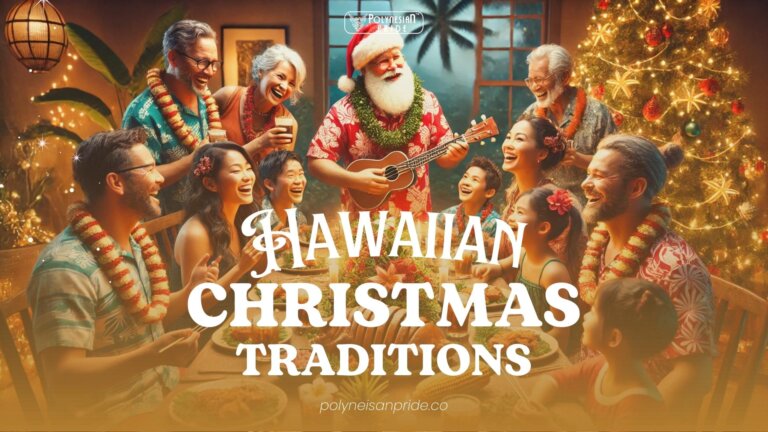Explore Vanuatu People’s Culture, Traditions, and Lifestyle

I. Introduction
Known for their incredible hospitality and deep-rooted cultural practices, the Vanuatu people have become the heart and soul of this stunning Pacific archipelago. Their lives are a beautiful blend of ancient customs and modern-day living, reflected in their art, music, and daily rituals. From their vibrant festivals and unique art forms to their deep connection with nature, the Vanuatu people embody a way of life that is both captivating and inspiring.
This article will explore the lives of the Vanuatu people’s spirit and cultural richness.
II. An Overview of Vanuatu Island
1. Geography and Demographics of Vanuatu
Vanuatu Island is a collection of 83 islands in the South Pacific Ocean, further divided into six provinces: Torba, Sanma, Penama, Malampa, Shefa, and Tafea. The estimated population of Vanuatu is around 300,000 individuals, with a majority of 75% residing in rural areas and the remaining 25% living in urban locations. The primary ethnic group is Melanesian, with small percentages of Polynesians and Micronesians. The two most populous urban centers are Port Vila and Luganville, with Port Vila having a population of approximately 35,901 people. The total land area of Vanuatu is 12,189 km2, and its population growth rate is 1.67%.

2. Historical Background
A. The Native People of Vanuatu
The initial natives of Vanuatu were Austronesian individuals who were the bearers of the Lapita culture. They established themselves in the island group around 1200-1300 BC. Subsequently, Melanesians arrived at approximately 500 BC.
B. European Colonization

Vanuatu Island was first encountered by European explorers in 1606, led by Captain Pedro Gernandez De Quiros. However, the islands were colonized when Captain James Cook mapped them and named them the New Hebrides. Towards the end of the 19th century, the Indigenous people of Vanuatu, known as Ni-Vanuatu, were frequently abducted and compelled to labor in plantations in Fiji and Australia, a practice now referred to as “blackbirding.”
In 1906, Britain and France established the Condominium of the New Hebrides. During this period of joint governance, the Ni-Vanuatu were subject to both French and British authorities. The New Hebrides achieved independence on 30 July 1980, adopting the new name of Vanuatu.
C. Territory and Nationalism
During the Condominium era, European laws occasionally led to land disagreements, especially concerning plantations in Vanuatu’s history. Following independence, the newly established constitution stipulated that land proprietorship would be reserved for Indigenous ni-Vanuatu. The rights to the land were granted to the traditional owners and their communities, enabling them to make decisions.
3. Language and Communication

Vanuatu boasts a linguistic diversity unmatched by many other countries. There are three official languages: Bislama (a Creole language), English, and French. Additionally, over 100 local languages are spoken across the islands, making Vanuatu one of the most linguistically diverse nations in the world. Oral tradition plays a crucial role in communication, with stories, legends, and knowledge passed down through generations by word of mouth.
III. Culture and Traditions of the Vanuatu People
1. Kastom
Indigenous societies in Vanuatu’s culture express their traditional principles and beliefs through the contemporary (Bislama) phrase and the concept of kastom. This term encompasses various aspects such as faith, attire, native art forms, Indigenous traditions, and dialects.
Kastom’s evolution symbolizes a comparison between the native values and foreign notions influenced by Eurocentric ideologies. It signifies the unity and national identity of the Vanuatu people.

In 1979, on the eve of independence, the Vanua’aku Pati in Parliament pledged to support the “maintenance and encouragement of New Hebrides culture and languages.” This commitment led to sponsoring the inaugural National Arts Festival in Port Vila, demonstrating their backing for kastoms within the community. Parliament continued to experience pressure from the public to safeguard the Vanuatu people’s traditions, especially during the post-colonial period. This resulted in initiatives to incorporate indigenous cultural teachings in educational institutions and establish art centers.
Men wear masks known as Tamate during ceremonial events and rituals. These masks conceal the dancers’ faces, creating the belief that ancestral spirits will inhabit the dancers. Upon completion of the ritual, it is believed that the ancestor’s spirit is reborn as a teammate’s spirit. Despite the masks no longer being used, their design elements and symbolism of the ancestral realm remain integral to the customs of the Vanuatu people.

2. Traditional Housing and Architecture

In Vanuatu, conventional dwellings, referred to as “nakamals,” are constructed utilizing materials indigenous to the area, such as bamboo, palm leaves, and coconut leaves. The design and layout of the traditional houses of the Vanuatu people often have deep cultural significance. The house can be positioned according to spiritual beliefs or practical considerations such as wind direction. Houses are usually decorated with carvings and weavings with meaningful stories or symbols of clan branches.
3. Traditional Clothing and Adornments
The traditional dress of the Vanuatu people is a vibrant expression of cultural identity, social status, and artistic skill. While contemporary clothing is typical in urban areas, traditional attire remains important in ceremonial and cultural life.

Barkcloth was a fundamental component of the attire and bedding mats for the inhabitants of Vanuatu, owing to its durability and resistance to damage. The production process typically spanned three to four days. The procedure involved immersing sheets of bark in water, followed by women rhythmically pounding multiple layers of bark together, all while chanting a unique melody. This cycle of soaking, pounding, and drying the bark layers would continue until the material was considered suitable. Traditionally, the women of Vanuatu undertook the task of crafting barkcloth for communal purposes.

A. Ni-Vanuatu Traditional Clothing
- Yelau: A traditional penis sheath worn by men in some islands. It would hang down at various lengths depending on the man’s status. In particular cases, some chiefs would have Yelau that hung down to their ankles.
- Grass Skirts or Woven Mats: Intricately woven skirts worn by both men and women.
- Body Paint: Designs applied to the skin for ceremonies and dances.
- Headdresses: Elaborate headpieces made from feathers, flowers, and other natural materials.

B. Adornments and Jewelry
Ni-Vanuatu adornments often carry deep cultural significance:
- Shell Necklaces: Made from local shells, these can indicate social status or clan affiliation.
- Pig Tusks: Curved boar tusks are highly valued and worn as bracelets or necklaces.
- Tattoos: Traditional tattooing practices, though less common today, were once widespread and signified essential life events or social status.
4. Music and Dance
Musical instruments and conventional dances were integral to the ritual practices of the native Vanuatu people. The dances were choreographed in specific counter-clockwise patterns, symbolizing male “strength” during the ceremonies. At the same time, clockwise movements were only permitted for males up to a certain age. Musical instruments were fashioned from natural materials like wood, bones, leaves, rocks, vegetables, and fruits.

Bamboo flutes were sculpted to resemble a traditional flute, with a V-shaped notch on one end and one to three holes on the other. These instruments were played by blowing into one end while extending the arms to waist level. Additionally, hollowed cylinders were suspended from tree branches, and the sounds produced by the wind were believed to be the voices of their ancestors. Dried seeds were attached to wrists and ankles using dried coconut fibers, serving as rattles, and coconut shells were struck against the ground during certain games.
5. Cuisine
Indigenous groups have historically relied on foraging and fishing for their primary food sources. The introduction of cattle meat and cocoa only occurred following the participation of Europeans in the livestock and copra production industries. Root crops such as taro and yams were a significant component of the traditional Ni-Vanuatu diet, as they were believed to provide strength and energy. Taro was a staple food for the indigenous Vanuatu people.

According to cultural traditions, the tasks of hunting and fishing were assigned to men, as it was believed that women being on a boat could lead to infertility. Food preparation was also divided equally between men and women, with different roles in the household or men’s huts. However, food distribution depended on the social status of men and women in the community. Food cooked on the fire closest to the entrance of the household hut was reserved for women, children, and ungraded boys.
In contrast, the fire at the back of the hut was reserved for men and graded boys. Food was further divided into four fires in the men’s hut, corresponding to the four different rankings of men in the community.
IV. Social Structure and Community Life
1. Education and Knowledge Transmission
Before Vanuatu gained its independence in 1980, the French administration made significant efforts to bolster the French community by providing free education and constructing new buildings. In contrast, the British administration required parents to pay for their children’s education. This competition between the two governing bodies created a rift in the education system, as the indigenous people of Vanuatu made choices based on financial and political considerations.

Melanesians favored the French system, but many still considered the British system an alternative, with Ni-Vanuatu parents expressing uncertainty about which side would ultimately prevail. This uncertainty stemmed from the fear of the unknown regarding which governing power would take control of the country. The French government’s bias frequently influenced higher education, as they feared anti-colonial ideas would spread among the population. The disparity between English-medium and French-medium university students was evident, with a ratio of 120:1 in 1983, just three years after Vanuatu’s independence.

Today, traditional education in Vanuatu is based on practical skills and knowledge passed down from elders to younger generations. Modern education systems coexist with conventional methods, offering formal schooling in English and French. Elders play a vital role in knowledge transmission, ensuring that cultural practices and values are preserved.
2. The Role of Women in Vanuatuan Society
The acknowledgment of Ni-Vanuatu women in political, economic, and social spheres has recently increased, yet obstacles hinder this progress. Societal norms for Pacific women emphasize their roles as caregivers, encompassing domestic responsibilities such as laundry, cooking, gardening, and housekeeping. Women who pursued higher education abroad and returned have highlighted stark differences between Western and Vanuatu ways of life, particularly regarding independence and personal space.

Despite the absence of legislation prohibiting women’s involvement in politics, there were no female representatives in parliament during the 2016 election. Hilda Lini, a member of Vanuatu’s parliament, advocates for women’s political participation but anticipates a gradual process in persuading the public to embrace this idea. In October 2020, the “Vote for Women” initiative was launched to inspire and support women’s political engagement. The municipal council allocates seats for women to ensure community representation and encourages their participation through accessible government training programs.
3. Beliefs and Spirituality
The religious beliefs in Vanuatu represent a fusion of indigenous spirituality and Christian faith. As of 2020, Christianity is the dominant religion, with 93.5% of the population identifying as Christian. Many Vanuatu people individuals adhere to animistic beliefs, which involve recognizing spirits in the natural world and venerating ancestors. Christianity, brought to the region by missionaries in the 1800s, is extensively observed, with numerous villages featuring their churches. Spiritual customs and rites, including kava ceremonies, remain important in their cultural traditions.

V. Conclusion
In conclusion, the Vanuatu people are a testament to this Pacific paradise’s enduring beauty and resilience. Their rich cultural heritage, vibrant traditions, and deep connection to the land make them a fascinating and inspiring community. By learning about the Vanuatu people, you gain a deeper understanding of the unique customs and values that shape their lives. Whether you’re drawn to their art, music, or way of life, the Vanuatu people offer a captivating glimpse into a world where tradition and modernity coexist harmoniously.
Frequently Asked Questions (FAQs)
What are the people of Vanuatu called?
The term Ni-Vanuatu refers to someone “from Vanuatu.” According to the Bislama dictionary, Ni-Vanuatu is described as a “citizen of Vanuatu with Melanesian heritage, though not exclusively.” This expression is predominantly utilized in English and French, while it is infrequently employed in Bislama, which is the primary language of the country.
What nationality are people in Vanuatu?
Indigenous Melanesian
The majority of Vanuatu’s population, comprising 94%, are indigenous Melanesians. Approximately 30,000 people reside in the capital city, Port Vila. An additional 10,700 inhabitants are found in Luganville (also known as Santo Town) located on Espiritu Santo. The rest of the population is spread across rural regions.
What is Vanuatu’s main religion?
Christianity is the main religion practiced in Vanuatu. The primary denominations include Presbyterian, Anglican, Roman Catholic, Seventh-day Adventist, and Church of Christ. Additionally, various Indigenous beliefs are also observed in Vanuatu.
What do Vanuatu people eat?
The main components of Vanuatu’s cuisine include taro, yam, banana, coconut, and seafood. These ingredients form the foundation of many traditional dishes in the region.
What animal is native to Vanuatu?
This island, adorned with lush tropical rainforests and colorful coral reefs, serves as a sanctuary for a wide variety of plant and animal species. The Iguana holds the title of the national animal of Vanuatu, and the residents boast that there are no harmful creatures or insects found in the area—“They’re all harmless and welcoming!”

I am Leilani Miller – I research focusing on Vanuatu – volcanic landscapes, blue holes, coral reefs & rainforests. I have over five years of experience researching and sharing insights on tourism and environmental activism. Explore and experience without limits through my latest article.
Contact information:
Email: [email protected]
Tel: +1 (808) 555-1528






